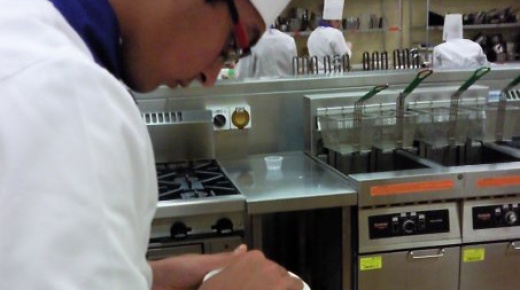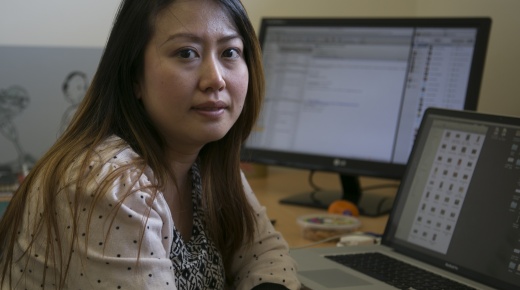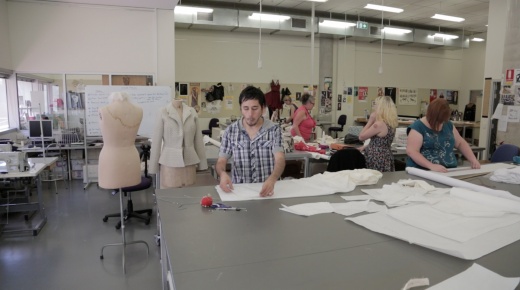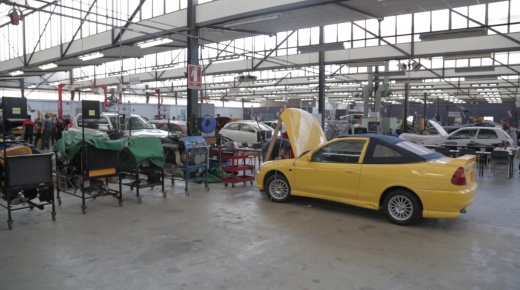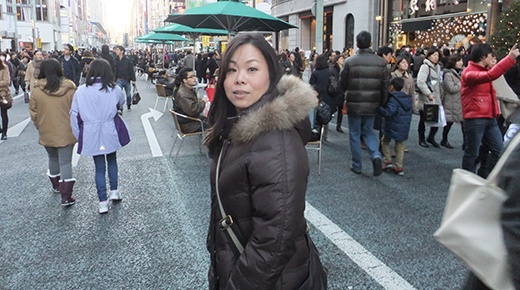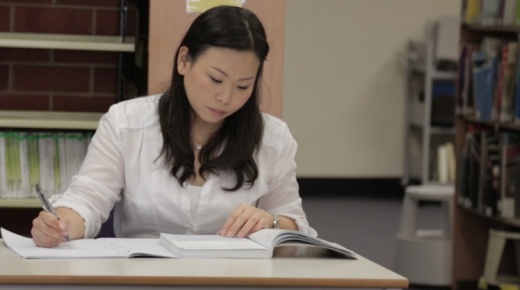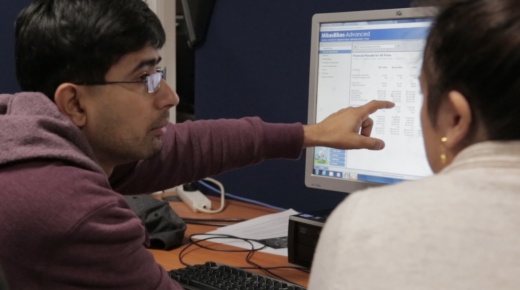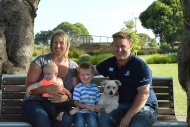Fashion Design

Fashion designers use their knowledge of fabrics, style and colours to create clothing people will want to wear. The design process usually starts with a series of sketches of original designs. A pattern, which may be computer generated, is created on the basis of these sketches and used as a guide for cutting fabric. The designer chooses the colour and style of fabric and proceeds to cut out a sample, while always keeping in mind the cost of production. Winning Fashion Before samples are approved, fashion designers may look at ways to improve their designs. Once samples are given the go ahead, designers liaise closely with manufacturers and production staff, overseeing quality control and the merchandising and retailing of their garments. A fashion designer must be creative and artistic, have a good sense of style and colour and preferably be able to sew.
Many fashion designers are currently enjoying a trip down memory lane, reliving the disco fever fashion of the 1970s, but it's generally not long before they've moved on to their next fashion inspiration. Competition in the field of fashion is intense, yet lots of people want in! Each year, approximately 100 training places are offered in the Fashion Design and Technology courses available from Tafe South Australia.
The fashion course will cover the following:
First Year
OH&S, quality standards, fabric performance and handling, colour theory, preparing story boards of designs, trade drawing, developing patterns from a block using basic pattern making principles, marking, laying up and cutting, producing garments, pressing. Designing to a brief and creating prototypes, identifying fashion design influences, using CAD based design tools, fashion illustration, constructing stock size blocks, creating patterns for customer specifications using advanced pattern making principles, draping, grading, garment decoration, interacting and networking with the fashion industry, sourcing materials, costing, communicating and selling design concepts.
Second Year
Developing and presenting design concepts, evaluating designs, analysing influences on fashion design, analysing individual fit and altering patterns. Constructing complex blocks, contour draping, advanced construction processes, marketing and merchandising plans, production planning, purchasing, quality assurance, working with international supply chains, production costing.
Third Year
Developing a fashion range, producing designs for commercial production, evaluating commercial viability of designs, researching and evaluating processes and products, managing product development, managing fashion design processes, managing advanced pattern making processes.
Employment Outcomes
The sector covers the design and production of women's, men's and children's apparel across, sports, formal, tailored, casual and bridal market areas. In fashion courses, the main business activity focuses on product design and development, technology and garment production. Footwear courses cover design and production, as well as giving students the skills and knowledge needed to operate within a business producing custom-made footwear. Graduates have the opportunity to work in the fashion and footwear design industries as designers, pattern makers, sample makers, product developers, buyers, fashion retailers and managers, CAD operators, production assistants/managers or stylists.
For more information on Fashion courses visit their course website: here

